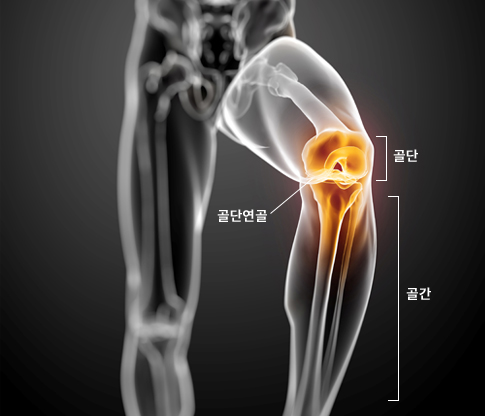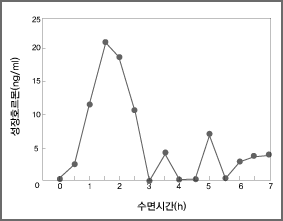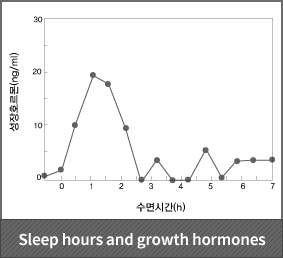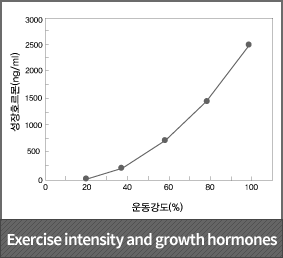
Growth literally means “acomplishing length”.
According to a dictionary, growth refers to “a stage in the process of growing (for people and animals)”. However, the true meaning of growth involves development of both mind and body. When it comes to the word ‘growth’, a human’s body needs not only its height but also its whole parts to develop. Our body is composed of bones, muscles, connective tissues, nervous systems, and skin tissues.
Increasing height involves the development of all of the above, and the factors that are associated with height growth the most are bones and the muscles around them. There are 206 bones in a human body, and among those, 26 pieces of vertebra and 62 bones of lower limbs are the ones that control growth of height and body. Growing height refers to lengthening the backbone (the vertebra), the femur (bone of lower limbs), the shinbone, and the fibula.
Such processes of lenghtening bones are done by epiphyseal cartilages that exist at the each end of the bones, just like shown in the picture above. Epiphyseal cartilages grow long, thick, and strong at the end of the periosteum by receiving enough blood from growth hormone and other hormones. Through cell division of cartilage cells, osteoblastocytus gets formed and matured; its calcification results in formation and growth of osteocytes, and ultimately, bone growth.
① Gets released from anterior lobe of the pituitary gland during deep sleep. Takes 5*10^-10g in one 1cc of blood. Gets converted into
growth factor via liver, and makes bones grow through cell division, proliferation, and accumulation of bone plates. Also stimulates
amino acid absorption.
② Stimulates protein formation and makes muscles grow in balanced form.
③ Makes new cells and cures injuries.
④ Decreases weight by dismantling fat accumulated in adipose tissues.












